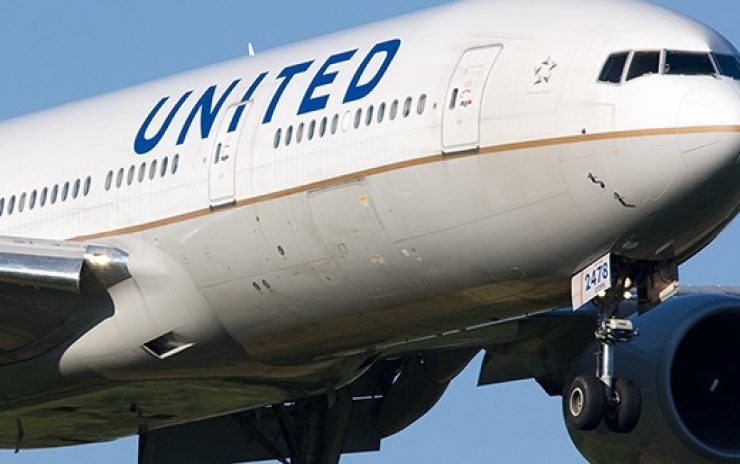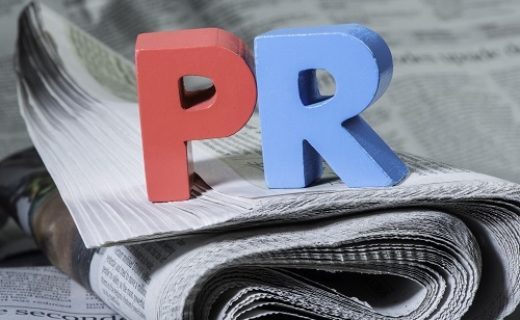United Airlines continues to generate bad publicity days after a man was violently dragged off a Chicago, IL to Louisville, KY flight due to the flight being overbooked and room being needed for 4 flight crew. The entire incident was filmed by other passengers with their smartphones. The man was bloodied as he was dragged on the floor from his seat. Compounding the damage was the tone deaf response from the airline, particularly its CEO, Oscar Munoz, to the incident. The entire story provides several lessons that business leaders can learn from and apply during a crisis.
- The CEO of the company is the public face of the company and his or her words reflect on the entire company. Following the incident and the ensuing media coverage, United CEO Oscar Munoz issued a statement merely apologizing for any inconvenience passengers may have experienced but never addressing the specific incident nor apologizing to the passenger directly. That statement alone was viewed as insensitive but then Munoz added to the media firestorm by sending a letter to United employees praising them for how they handled the situation and labeling the passenger as belligerent despite video contradicting this accusation. Munoz’s statements became the public face of United Airlines and has drawn condemnation and ridicule from the media, the public, and Hollywood. It has angered the Chinese market (the passenger was Chinese) which is United’s key growth market and driven down the airline’s stock by over a billion dollars. Munoz came across as uncaring in his response and as a result all of United is now perceived that way.
- Apologies Matter (and how they are worded even more). What should have been a one day media story has now been spread across several days and counting, due to Munoz’s lack of apology. If Munoz had offered a strong apology for what happened and condemned the actions, the media would be moving on by now. Rather by failing to issue a strongly worded apology and blaming the passenger, Munoz has kept the story alive in the media causing more days of bad press for United. His response has become a bigger story than the original incident and is overshadowing the original report.
- Everything can be recorded with a smartphone. Think of any television show (Chicago PD, Law & Order SVU, Chicago Justice, The Catch) where the police make an arrest or rough up a suspect and all of the bystanders are recording it with their phones. This isn’t just the stuff of Hollywood, it happens every day. Part of the reason this story got the amount of play that it has (besides United’s poor crisis management) is that fellow passengers were able to video the entire incident with their smartphones. The video images brought to life the episode in a powerful, emotional, and impactful way and created a ready made story for the media. People often forget anytime an incident happens people begin recording with their smartphones. Every occurrence is now just not reported upon but has video accompanying it due to bystanders recording it.
- Social media drives narratives. This point cannot be stated enough. Social media is driving this story with the hashtag being #NewUnitedAirlinesMottos (#NeedCrisisManagement should be United’s hashtag in this crisis). The result is the traditional media is reporting on the social media outrage.
United Airlines serves as a lesson on what not to do during a crisis. Hopefully other companies will learn from United’s mistakes.






